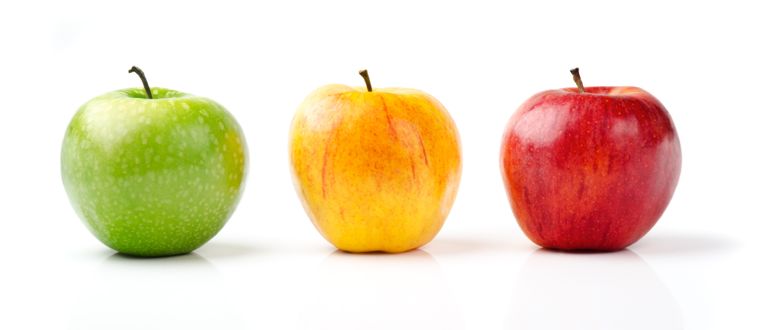 This is an exciting time to be a teacher. The field of education, like medicine and energy and information technology, is growing in the knowledge domain. We are constantly learning more about how children learn and the best ways to help them to learn. Brain research and its connections to learning have been able to provide to our teachers simple strategies to help students to learn. For instance, we now know that our student's brains grow and thrive when they are able to have good social connections with other students. Therefore, we need to provide time for student-to-student discourse in the learning environments of our classrooms. We know that the brain and the body are interwoven and are built to help each other. That's why it is important for students to get up and out of their seats regularly during class time; and recess is an important part of learning and brain development. Also, we know that fear and stress prevent students from doing their best in school because our brains are designed to err on the side of caution. Fear shuts down our student's ability to explore and to try new things because their brains are more concerned with staying safe.
This is an exciting time to be a teacher. The field of education, like medicine and energy and information technology, is growing in the knowledge domain. We are constantly learning more about how children learn and the best ways to help them to learn. Brain research and its connections to learning have been able to provide to our teachers simple strategies to help students to learn. For instance, we now know that our student's brains grow and thrive when they are able to have good social connections with other students. Therefore, we need to provide time for student-to-student discourse in the learning environments of our classrooms. We know that the brain and the body are interwoven and are built to help each other. That's why it is important for students to get up and out of their seats regularly during class time; and recess is an important part of learning and brain development. Also, we know that fear and stress prevent students from doing their best in school because our brains are designed to err on the side of caution. Fear shuts down our student's ability to explore and to try new things because their brains are more concerned with staying safe.In the past, teachers and relied on their own experiences as students themselves and later on their own teaching experience to help them to reach their students. But this is never going to be good enough because we are all limited in our experiences to a particular school or a particular town or a particular age group of students. The research findings and subsequent professional development about these findings help our teachers to learn about learning beyond what they see in their classrooms. Initiatives such as Blended Learning, Universal Design for Learning, and Flipped Classrooms all stem from relatively recent research on how children learn best and how to incorporate these research findings into the classroom.
Of course all of these exciting frontiers in education require (at least) some level of changing from the "known" image of the classroom to something different--and that can be scary for some people. Present-day parents who sat in neat rows in every classroom and rarely spoke in class and worked on (the now-dreaded) worksheets all day long may be against anything different from what they experienced simply because "It worked for me." That's why the research is so important. It isn't some guy with and idea, it is actual science that is informing us of the most effective classroom strategies to help students to learn. This is a good change for our students and a necessary change.
This is an exciting time to be a teacher!


No comments:
Post a Comment